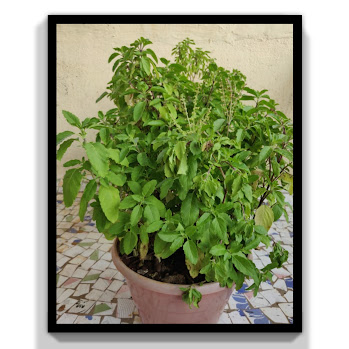How to Care and Propagate: Neem Plant
Introduction:
- Neem Tree also known as an Azadirachta indica, fast-growing tree of the mahogany family. Neem is native to the Indian subcontinent.
- Neem Plant normally grows well in tropical regions.
- Neem Tree is valued as a medicinal plant and as a source of organic pesticides.
- In India, Neem is also known to be auspicious for the house. According to Vastu experts, planting a neem tree in the house garden brings peace and harmony to the residents and removes all the negativities and bitterness in relationships.
Soil & Climate Requirement:
- Neem plant grows in all types of soil but it should be well-drained soil.
- Good soil composition is a success of good growth of the plant.
- Soil mixture: 60% gardening soil, 20% cow manure, and 20% River sand.
- Neem Plant should be placed outdoor where it can receive good direct sunlight. The plant then will grow healthy.
- If the plant is young, avoid placing it in direct intense sunlight in summer.
Fertilizer Requirement:
- One can provide organic fertilizer once a month and liquid fertilizer once a week for good results.
- Avoid providing fertilizer in the winter season. It is suggested to provide fertilizer post-winter season.
Water Requirement:
- Water well once an upper layer of soil is dried.
- Be careful not to overwater as the tree won’t tolerate and start rotting.
- In winter, it is advised to check the soil by touching it before watering. If the top one-inch soil is dry then only water the plant.
Propagation Technique:
- Neem plants can grow from their seeds or small new growth by separating from their roots.
Pruning Technique:
- It is better to prune your young tree during spring if you want to maintain a manageable size. You can also prune during late summer.
Benefits:
- In Ayurvedic medicine, neem extract has been used for a variety of health-related purposes including asthma, constipation, cough, diabetes, gastric ulcers, indigestion, periodontal disease, and urinary tract infection.
- Neem is also purported to reduce inflammation, improve liver health, alleviate pain, preserve eyesight, stimulate the immune system, and protect against heart disease.
- The seed and seed oil are used for leprosy and intestinal worms. They are also used for birth control and to cause abortions.
- Some people apply neem directly to the skin to treat head lice, skin diseases, wounds, skin ulcers, mosquito repellent; and skin softener.
- Neem Oil is highly effective against a variety of pests, including:
- Aphids
- Mealybugs
- Whiteflies
- Fungus attack
- Neem Bark – It is widely used as its anti-inflammatory and antiseptic properties make it a useful treatment for gum disease in mouthwash form. Traditionally, natives chewed the twigs, which served as effective, impromptu toothbrushes
- Neem flowers – The neem tree is widely appreciated for its sweet aroma, which honeybees love. The oil is also valued for its calming effect.
- Neem leaves – In paste form, neem leaves are used as a skin treatment, primarily for fungus, warts, or chickenpox. Neem Leaves act as a vital component for making plant compost and making pesticides.
- Also, the dried neem leaves are used to keep in pulses stored for a longer duration of time to prevent insect attacks.
Thanks and best of luck!
Happy Planting!
I would like to hear your thoughts, suggestions, and any questions in the comments below.






Comments
Post a Comment